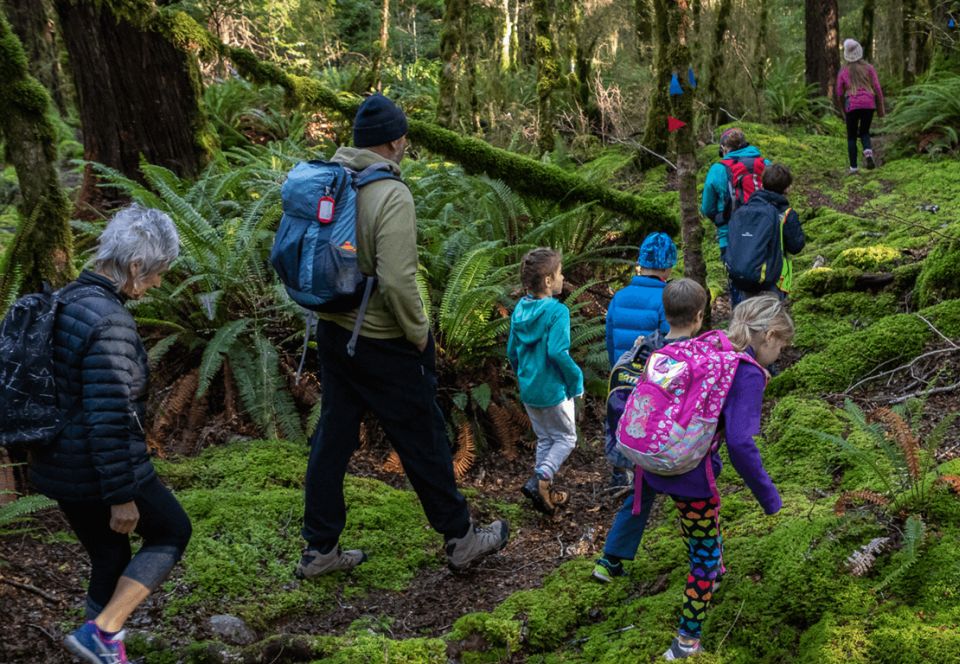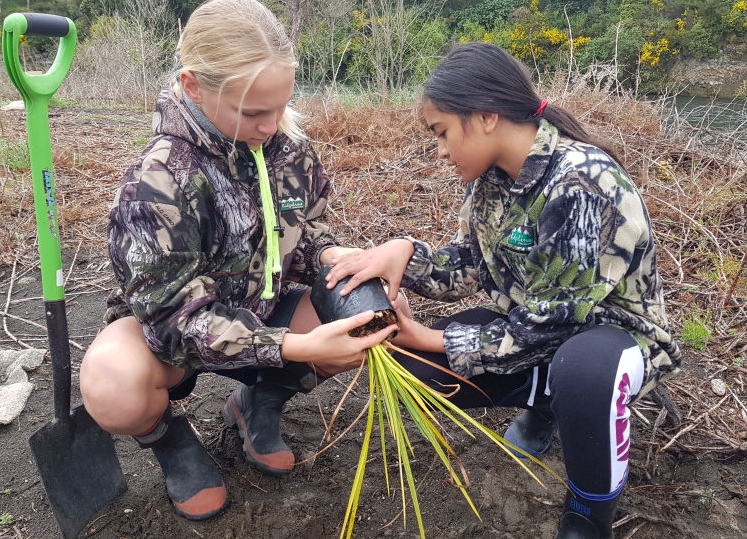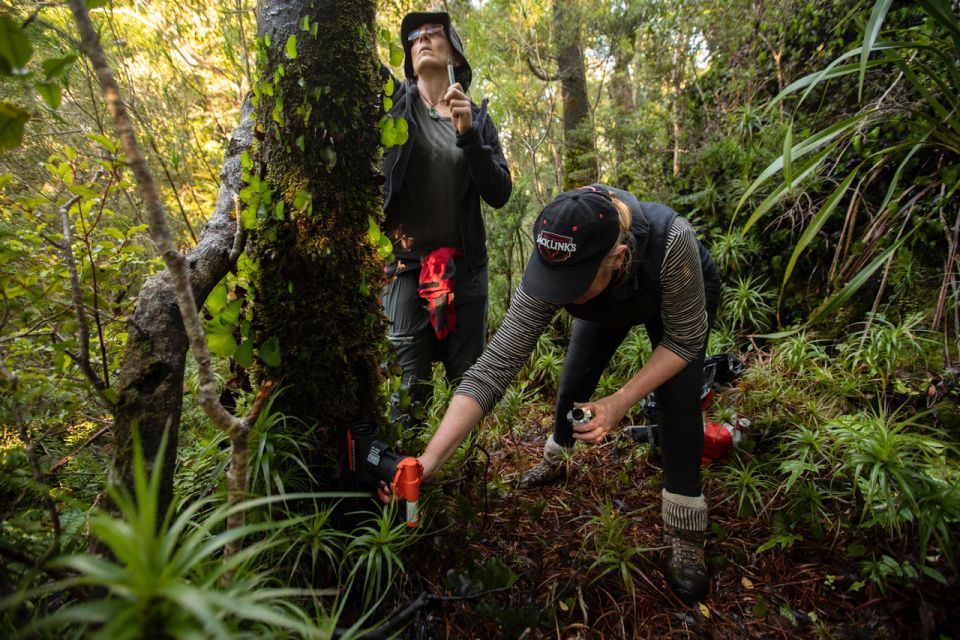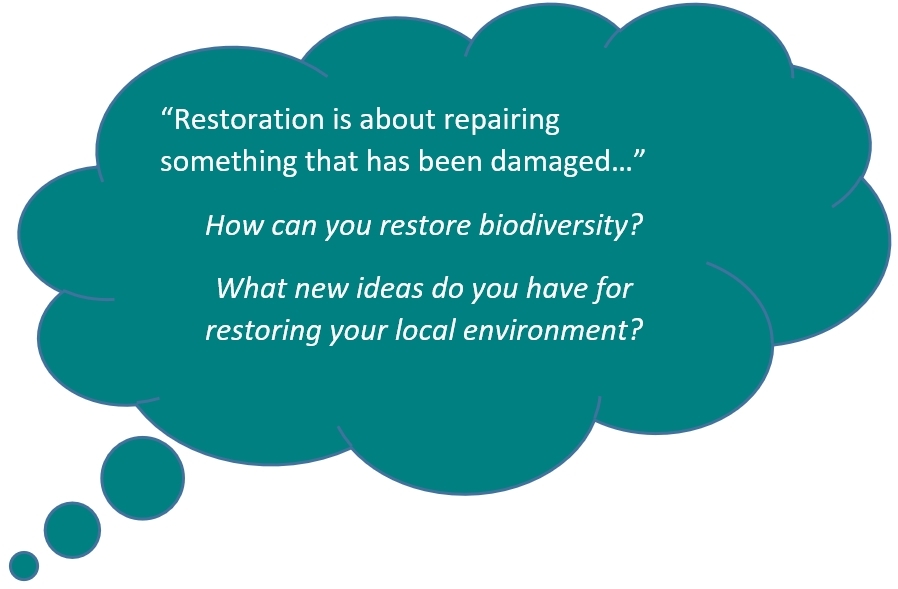You can contact LEARNZ, part of CORE Education, at:
Postal Address:
PO Box 13 678,
Christchurch 8141,
New Zealand
Human activities have damaged a lot of Aotearoa’s natural landscape. Restoring ecosystems such as Tamatea/Dusky Sound are about repairing this damage.

Restoring a whole ecosystem involves bringing back lost species that are found naturally in the area. That is why it is important to identify what naturally lives in the area you want to restore.
As well as adding something back to an ecosystem, restoring ecosystems may also involve taking something away. This usually means removing weeds and pests.
Before you can restore an ecosystem, you need to know what lives there and how healthy it is. Monitoring of species is an important first step towards restoration.
You can monitor water quality and soil quality too. You could also record what people do in the area and find out if human activity is affecting the health of the area. Monitoring involves sampling and taking notes about:

Once you have completed monitoring it is time to take action. Plants provide habitat for a wide variety of animals. Restoring vegetation can help restore wildlife and improve water quality. Plants need to be native and come from a local source.
Some native plant varieties are called 'pioneer species'. Examples are mānuka, kānuka and tī kōuka/cabbage trees. They like starting out on bare ground and are hardy. These easy-to-grow plants can tolerate poor conditions. Planting a few pioneer species can encourage birds to bring in the seed of a wider variety of plants. This saves you the time and expense of growing them yourself.
Ideally, bush areas will regenerate naturally from falling seeds, or those carried in by wind or birds. But sometimes nature may need a helping hand through active restoration planting and seeding. This is especially so if the restoration is on land that was once farmed. Collecting seeds close to where they are to be planted is called eco-sourcing. It is an important part of a restoration project.
Eco-sourced plants will be suited to local conditions and more likely to survive. They will also help maintain the area's unique local characteristics. Eco-sourcing will avoid the risk of planting species which are not native to the local area and which could become invasive.

 Predators such as mice, rats, stoats and possums can all harm native species. Setting up tracking tunnels can help you to identify what predators live in the area so you can set the right type of traps or bait stations.
Predators such as mice, rats, stoats and possums can all harm native species. Setting up tracking tunnels can help you to identify what predators live in the area so you can set the right type of traps or bait stations.
You can also get involved in existing projects by volunteering time or making donations. You can find out how to help with restoring Tamatea/Dusky Sound here.
There are plenty of ways to get involved in a restoration project. The following links will help you find restoration groups, activities, and projects in your area: